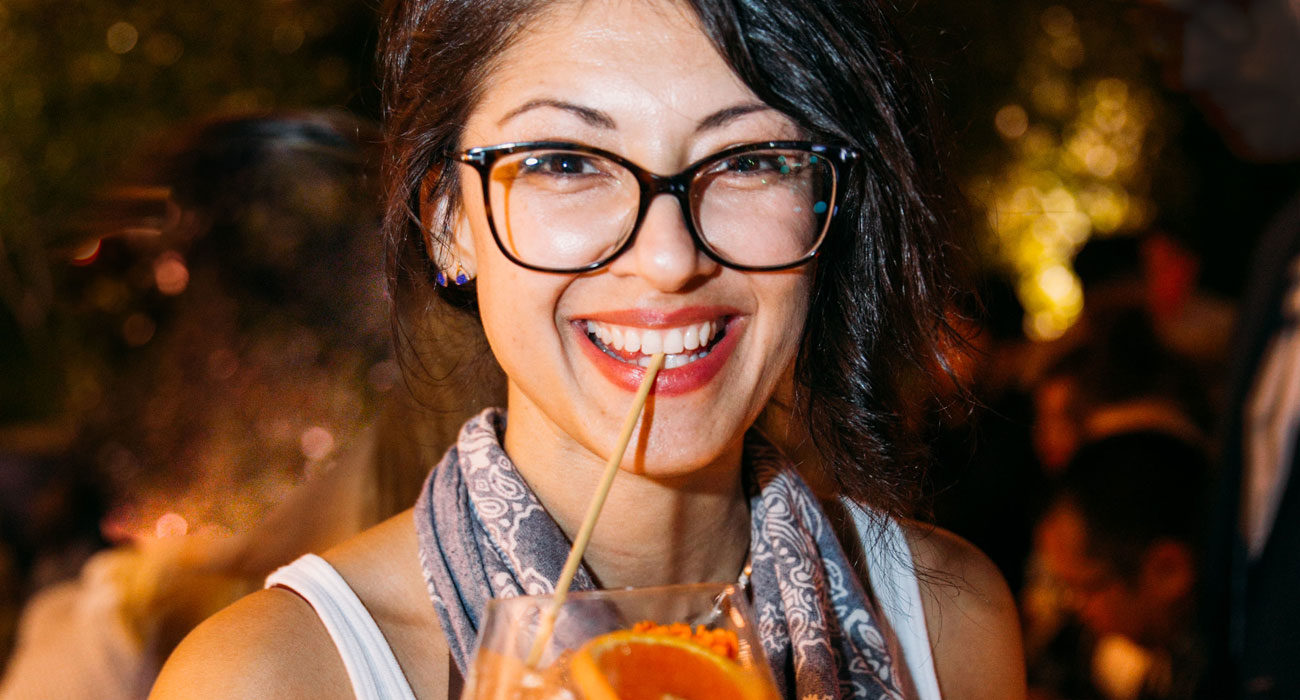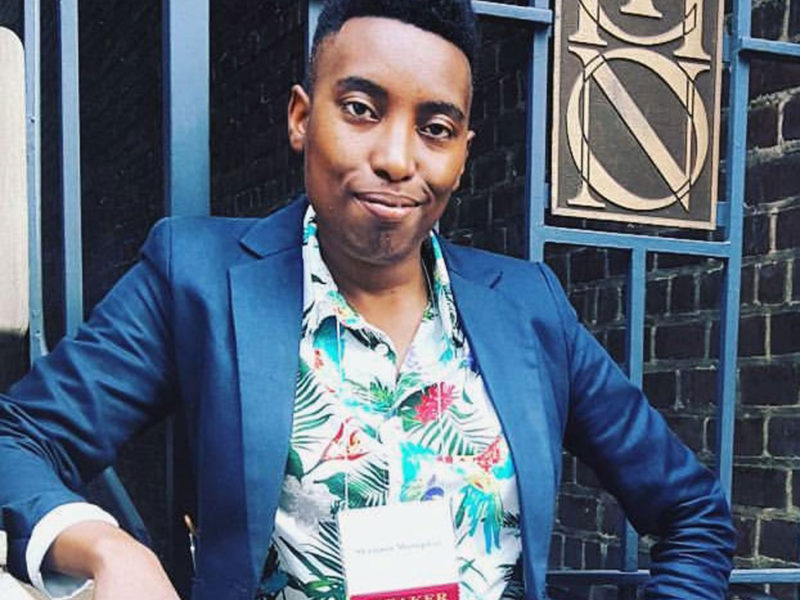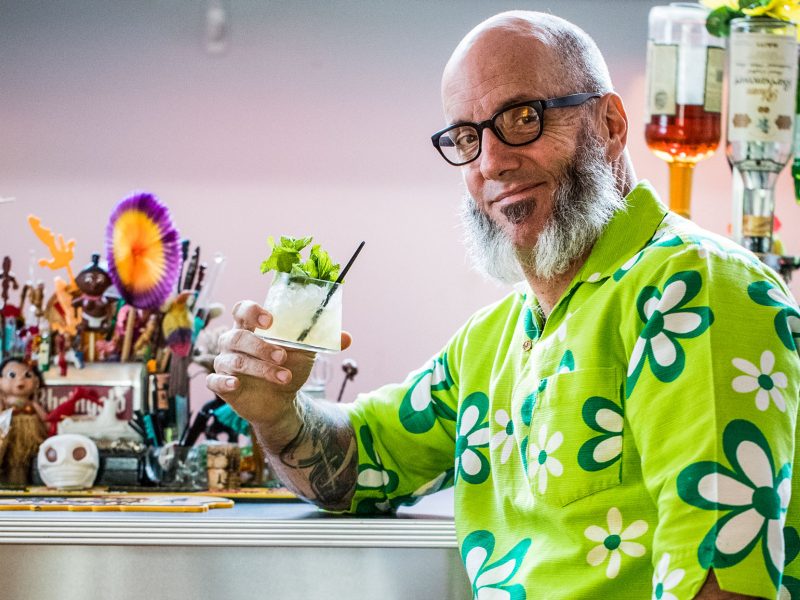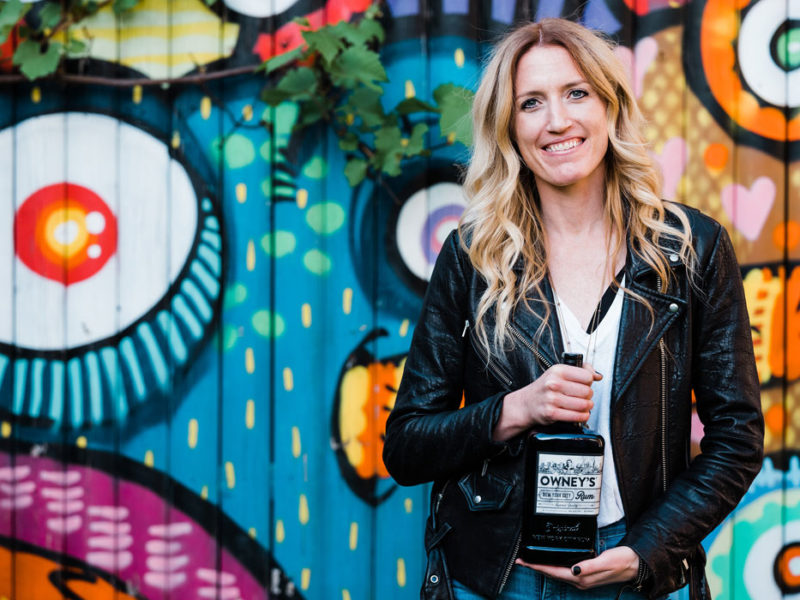As you are no doubt aware, the Rum Reader always encourages discussion of the Daiquiri. In this month’s rum essay, bartender Lulu Martinez jumps right into how that classic cocktail offered itself to her true understanding. — Ed.
The Daiquiri is a three ingredient cocktail consisting of rum, sugar, and lime.
I have a long history with this drink starting with my time working the club scene in Vegas in the early 2000s. There, a Daiquiri was pulled from a frozen machine, usually flavored with some berry, and always at least a little too sweet. When I moved to New York City ten years ago, I learned a different version of it. Not frozen or overly sweet, but vibrant and sophisticated—the proper, classic version. Since that day, I have yet to find another cocktail that has influenced or inspired me more.
It was my first day behind the stick of a New York cocktail bar. I was relatively new to the concept of mixology, had only recently learned recipes to the essential classics that any legit “mixologist” would know, and I wanted to use that knowledge to impress my boss. He, however, was not impressed. My only task that day was to make a Daiquiri. No fixed number, just as many as it took to make ten solid Daiquiris in a row—then I could leave. I had never actually shaken one before, though it was on the list of essentials I’d memorized earlier. So I grabbed a jigger, measured the spec out, and shook it up.
After about fifty failed attempts, frustration set in. I had yet to bring a single Daiquiri to life. Glaring at the graveyard of shoddy cocktails on the bartop, I noticed a few undesirable similarities. From uneven washlines and floating ice fragments to tired and sad looking Daiquiris, no doubt about it, I had unlocked the framework for producing really crappy cocktails.
To distract myself from the pain of cramped muscles, I closed my eyes and let my mind wander. As I shook the next Daiquiri close to my ear, listening as the liquid and ice toppled over each other, a faint rhythm grabbed my attention. Focusing on this alone, I was no longer worried about the spec, or counting my shakes, or my personal shaking style. I gave my full attention to the rhythm and allowed it to guide me—a welcome diversion for my aching arms and back.
Amazingly, the quality of cocktails began to improve with each drink I made. I didn’t think I’d changed anything, but by shifting the focus away from myself, my demeanor changed. My shoulders relaxed and my posture amended itself to a more comfortable position. My shake evolved, still vigorous, but fully owning my own rhythm, which imparted a natural flow for the Daiquiri to open up in the tin. I was now pouring out fragrant, lively Daiquiris one after another.
It was one of many “ah ha” moments for me in the industry, but this was the first as a New York bartender. In that moment I realized that there was more to making a drink for someone than just following a recipe. The effort I put into it and the understanding I got from it was impactful, and it allowed for more realization of the potential of the cocktail. Through my performance, the cocktail could tell its story, so it could only be as good as I was.
I am grateful to have studied the Daiquiri so closely. It is my favorite of all cocktails. No matter my state of mind, the Daiquiri is always right for the occasion. It provides a perfect balance of witty merriment and complexity, and is as expressive as it is versatile. Throughout the years I have made and drank many classic Daiquiris, and whenever I do, I always remember the moment we officially met.




